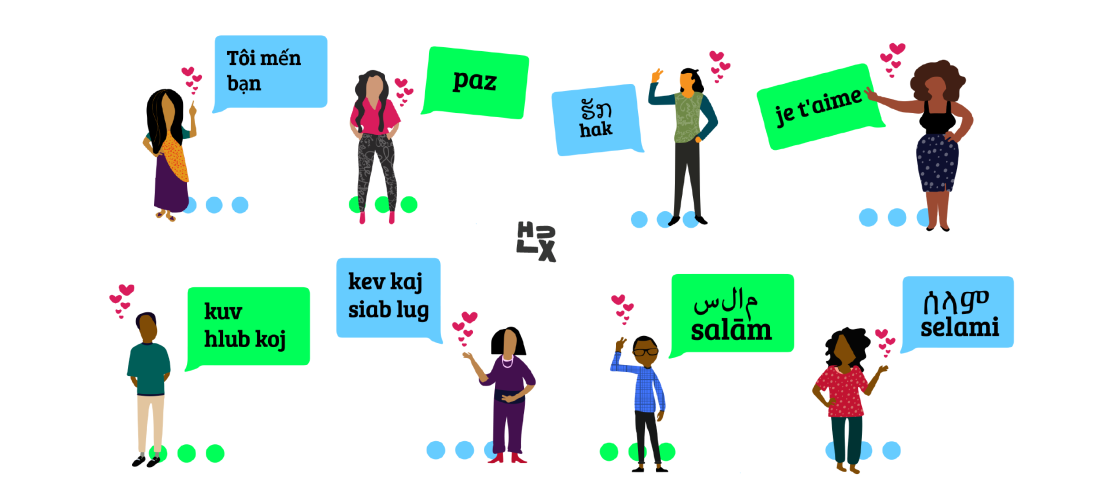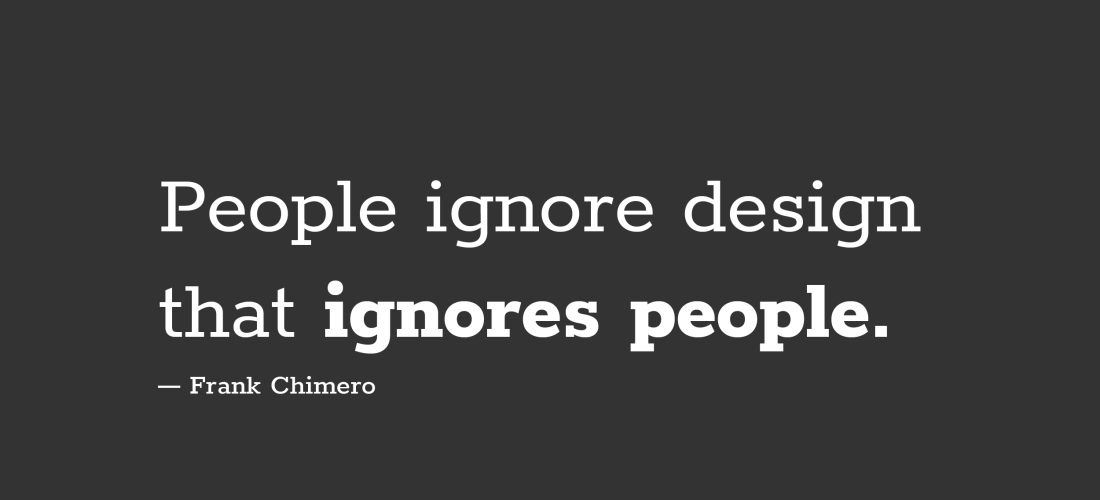Our differences create opportunities.
Opportunities for a more equitable world.
How are you empowering those people who look and who talk and who live & love differently than you? How can you do better? We all need to confront our biases and check our privilege at the door. I see promise in our future products in services. I believe we can build a more equitable world!
Don’t you?
Peace & love are universal concepts.
Now, more than ever is the time to defend diversity.
We all belong.


TᕼE IᑎᗪIE ᑕOᑎᔕᑌᒪTᗩᑎT
𝗣𝗿𝗼𝗱𝘂𝗰𝘁 »𝗖𝗫« 𝗦𝗲𝗿𝘃𝗶𝗰𝗲 𝗗𝗲𝘀𝗶𝗴𝗻
I’m Heatherlee. An independent research and design consultant with a background in UX, a passion for service design, an interest in biomimicry and a stake in your strategy. I’m passionate about helping you bridge the gap between your product teams and the people you design for.
Contact info & more about me here.


You must be logged in to post a comment.